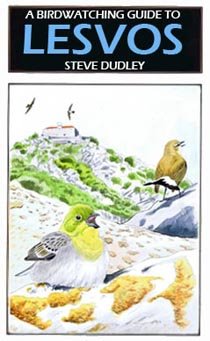MY NEW BABY BINS
This weekends British Birdwatching Fair saw the launch of the new
LEICA Ultravid 32 series of binos. Along with the 8x20 and 10x25 series, this now completes Leica's Ultravid range.
 The new LEICA Ultravid 8x32 - gorgeous or what!
The new LEICA Ultravid 8x32 - gorgeous or what!
As a member of Leica's Optical Innovation Team I'll obviously be seen as biased, but I'm on the OIT for one reason - I'm a birder. I use bins every day of my life and talk to birders all around the world about optics and their needs.
As a community, birders continue to challenge optical manufacturers to produce better birding products. For the last 15 years I've been helping Leica do just that, and I think two of the most recent introductions in particular, the Televid 62 scope and the Ultravid bino range, directly respond to the needs and challenges set by birders.
The 8x32 Ultravids are simply outrageous. They are incredibly light (525g on my scales) and tiny (116mmx116mm) and optically superb (you would not expect anything else from Leica!). Can a 32mm bino get any smaller than this? And where do we go from here? Wait and see!
The pick of the other optics on show at the Bird Fair had to be
Nikon's new High Grade 'lights'. Weight was the main reason why this range never caught on (along with possibly the shallow depth of field and slighlty narrow fild of view at this level) - so will the new lighter models now catch on? Lets hope so. I believe that every truly great product deserves its day, and the Nikon High Grade Lights rank amongst the best of birding optics.




































